Mammal Paleontology
1/100
Earn XP
Name | Mastery | Learn | Test | Matching | Spaced |
|---|
No study sessions yet.
101 Terms
What is Sinodelphys
First known Marsupial relative, Early Cretaceous, China
What is Eomaia
First known Placental relative, Early Cretaceous, China
What is Juramaia
oldest (true) tribosphenic mammal, Late Jurassic
Speciation processes
Allopatric: spatial separation
Peripatric: separation of small population
Parapatric: overlapping with hybrid zone
Stasipatric: same area, polyploids isolated
Sympatric: same area
Dual origin of tribosphenic mammals
Boreosphenida: northern continents ("true")
Australosphenida: southern continents (convergent)
Oldest prismatic tooth enamel
Dryolestidea
Haldanodon characteristics
enlarged femur and humerus for digging
shortened phalanges
occluding molars
diphyodont replacement of antemolars
Late Jurassic, Portugal
Hints at endothermy
Nose turbinals
arguments for aerobic capacity first
sustained activity: reposition of limbs and diaphragm for better breathing
juvenile provision: metabolic activity needed to produce milk
Arguments thermoregulation first
miniaturisation
increased brain size
ecological: becoming nocturnal, need to stay warm at night
growth of offspring: higher incubation temperature
Therocephalia characteristics
mostly carnivorous
secondary palate
possibly warm blooded
middle Permian - middle Triassic
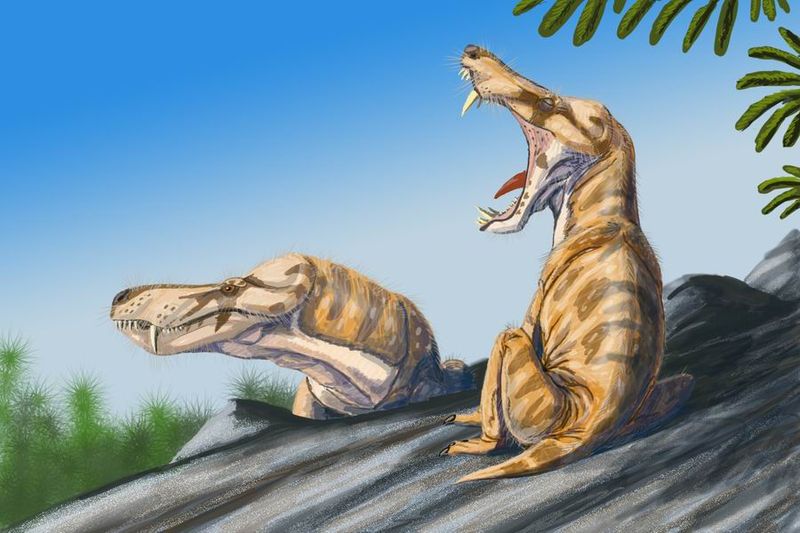
Gorgonopsida characteristics
dominant carnivores
saber-like canines
legs underneath the body
Middle-Late Permian
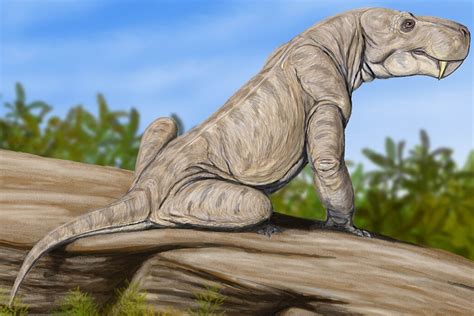
earliest herbivorous tetrapod
Edaphosauridae
Late Carboniferous-Early Permian
Holarctic
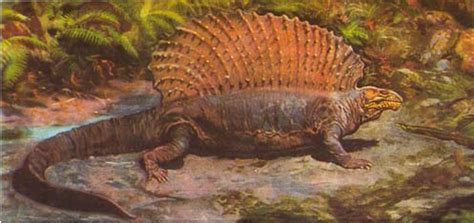
Edaphosaurus sail function
unclear, thermoregulation, display
Dicynodontia characteristics
enlarged tusks, other teeth reduced
horny beak
herbivorous
Southern Pangea, Permian
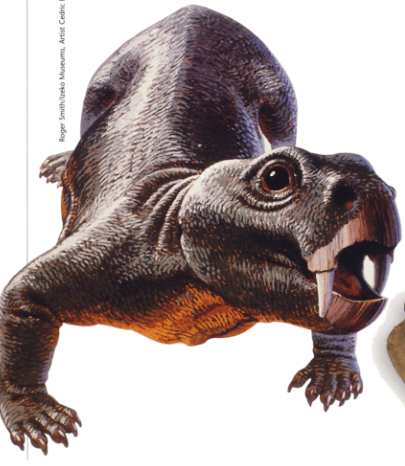
developments in Cynodontia
secondary palate forms
precise tooth occlusion
dentary main part of lower jaw
Therapsida apomorphies
reduction of palatal teeth
forward position of jaw joint
enlarged temporal fenestrae
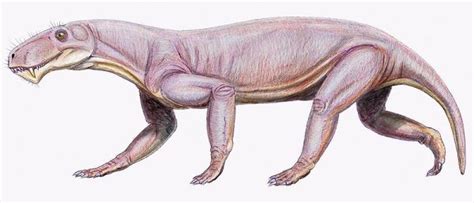
oldest Synapsid
Archaeothyris
Late Carboniferous
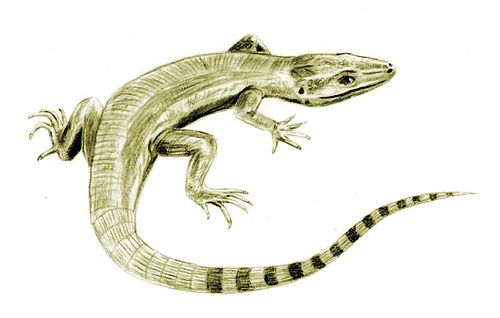
Extinction events Synapsida
Permian-Triassic
Triassic-Jurassic
mammalian characters
mammary glands
hair
endothermy
secondary jaw joint
diaphragm
increased brain size
limbs under body
specialised dentition
secondary palate
reduced ribs
Phylogeny of Mammalia
Synapsida
Therapsida
Cynodontia
Mammaliamorpha
Mammaliaformes
Mammalia
jaw bones turning into middle ear ossicles
Hyomandibula → stapes
Quadrate → incus
Articular → malleus
secondary jaw joint
squamosal + dentary
primary jaw joint
quadrate + articular
when did the secondary jaw joint evolve?
Triassic
Morganucodon had double jaw joint
oldest Eutherians
Eomaia - Cretaceous
Juramaia - Jurassic
what are Therians
Metatherians (marsupials) + Eutherians (placentalia)
Allotherians jaw movement
vertical (orthal) or directed backwards (palinal)
what is the postdentary trough
hollow behind molar teeth, where postdentary bones and Meckel’s cartilage sit
→ mezosoic mammals
Meckels groove
opening on inner surface of mandible
modern eutherians don’t have it
Biotic interchanges
FABI - Late Cretaceous/Paleocene
GABI - Pliocene
Faunal regions
Nearctic + Palearctic - Holarctic
Ethiopian
Oriental
Australian
Neotropic
Pangea breakup
into Laurasia and Gondwana, Tethys ocean forms
Middle Jurassic
land bridges
Bering - North America/Eurasia
Gomphotherium-Eurasia/Afro-Arabia
Panama - North America/South America
land partitions
Turgai Strait - Europe, Asia
South America old immigrants
South American ungulates
Xenarthra
Marsupialia
Late Cretaceous-Paleocene
second phase South America
primates
stem caviamorph rodents
Eocene-Oligocene
third phase South America
hamsters, raccoons, elephants
Late Miocene
What are Xenarthra
Cingulata (armadillos) - Eocene
Pilosa
Vermilingua - Miocene
Folivora - Eocene-Oligocene
when did the GABI happen
Pliocene
Anthropoidea origin
Myanmar, Eocene
Tapiroidea distribution
Eocene: Holarctic
migrated from North- to South America in GABI
now South America and South-East Asia
Equidae dispersal
Early Eocene - North America
over Bering to Asia, Europe and Africa
Equus with humans back to North America
Rhinocerotoidea dispersal
early Eocene: holarctic
middle Eocene: Asia
Miocene from Asia to Africa
Ursidae dispersal
early Miocene: Asia, Europe, North America
Late Miocene: Africa
Pleistocene: South America
Canidae dispersal
Eocene: North America → main evolution and radiation
Miocene: Europe
Pliocene: Asia, Africa, South America
Felidae dispersal
Oligocene: Europe, Asia
Miocene: Africa, North America
Pliocene South America
Bovoidea dispersal
Early Miocene: Europe, Asia, Africa
Late Miocene: North America
Giraffoidea dispersal
Miocene: Africa, Asia, Europe
extant only Africa
Cervoidea dispersal
Oligocene: Europe
Miocene: Asia, North America
Pleistocene: some in South America
Camelidae dispersal
Eocene: North America (extinct there in Holocene)
Miocene: Asia, Africa, South America
Proboscidea dispersal
Eocene: Africa
Miocene: over Gomphotherium landbridge to Eurasia
Deinotheriidae first ones out of Africa
Mammutidae dispersed to North America
Gomphotheriida dispersed to South America
Elephantidae recent
Phocidae dispersal
Miocene: Atlantic (Palearctic origin)
Pliocene: Pacific
recent worldwide
Mustellidae disersal
Oligocene: Northern Hemisphere
recent worldwide, except for Australia, Antarctica, Madagascar
Proboscidea lineage
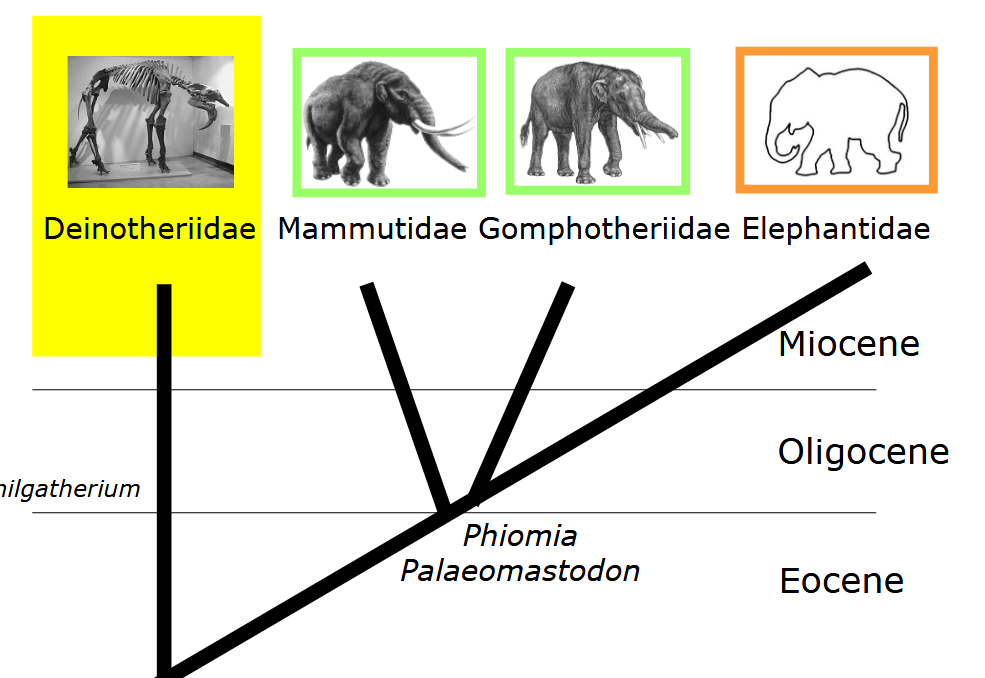
Tethytheria
Proboscidea + Sirenia
Paleocene
Tapiroidea dispersal routes
Beringia - when there was no arctic ice cap
Thulean - North America to Britain to Europe
De Geer - North America to Northern Europe
caviamorph rodent mandibles
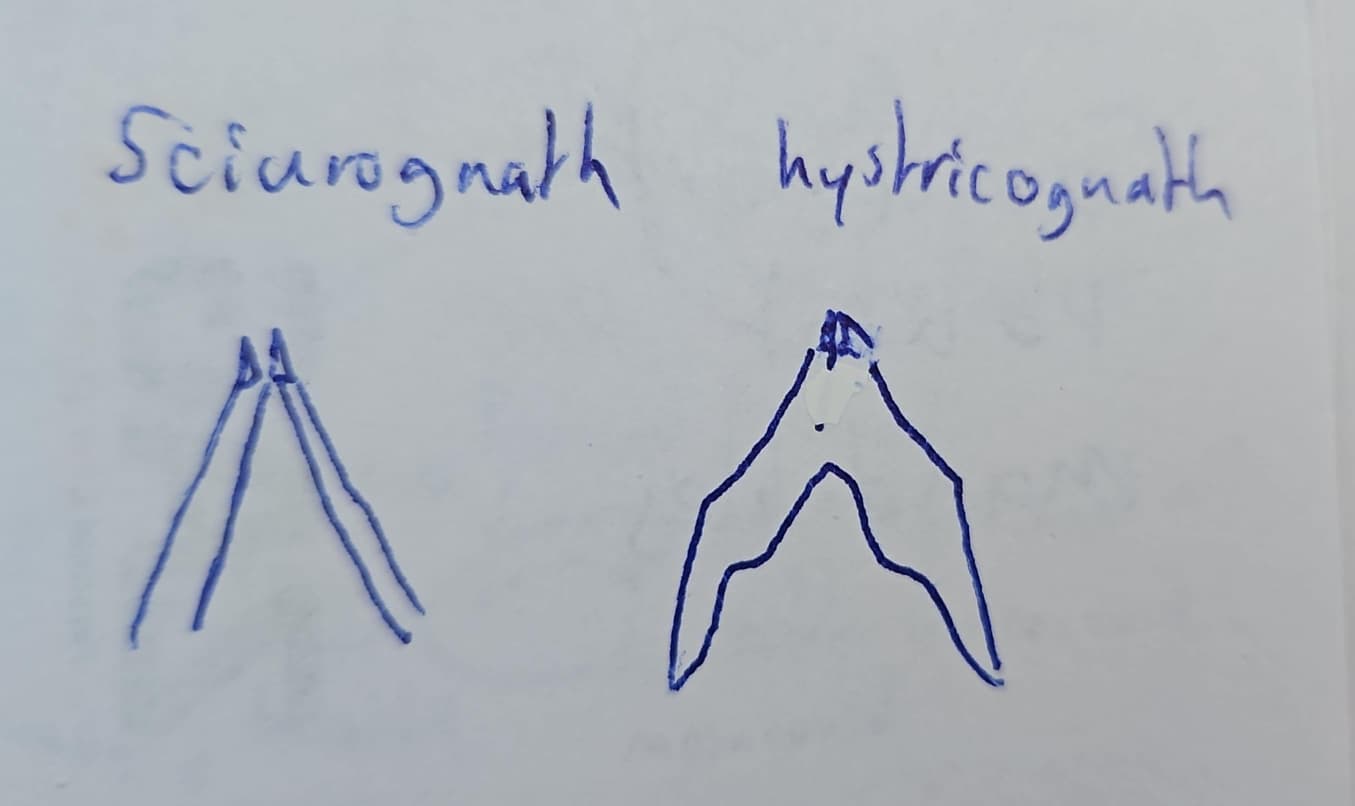
Felidae teeth
premolars and postcarnassial teeth reduced
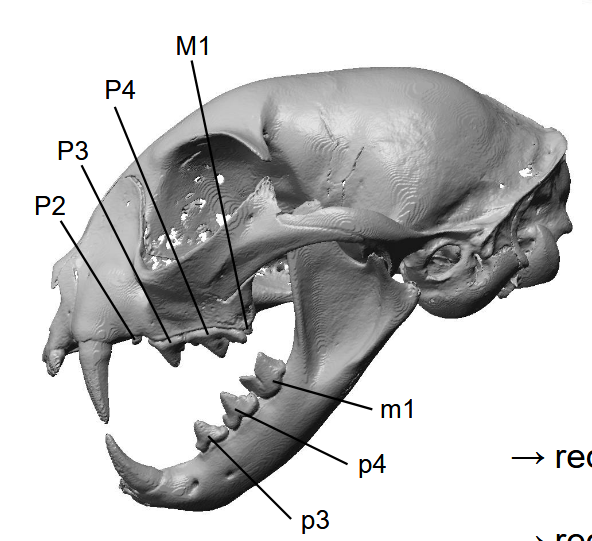
Ursidae teeth
molars flattened and enlarged, premolars reduced in size
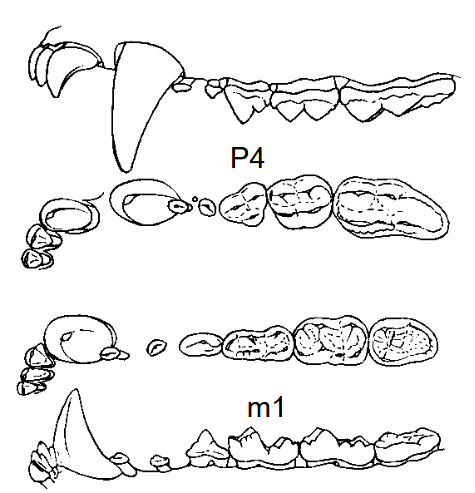
Canidae carnassials
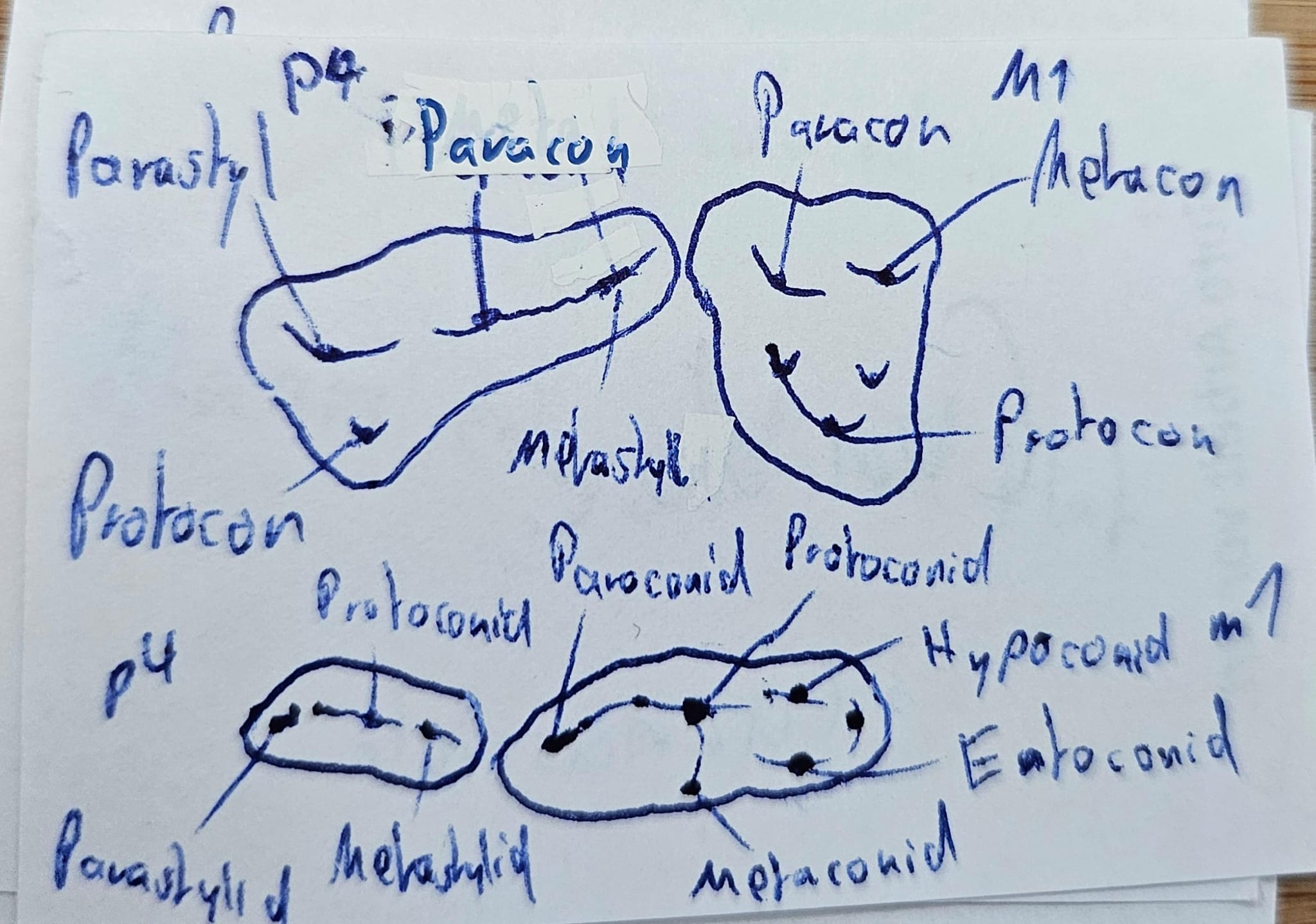
Carnassials
P4/m1, cutting blade
Rhinocerotoidea & early Tapiroidea teeth
upper lophodont, lower bilophodont
vertical Hunter-Schraeger-Bands → ridges
evergrowing
Equidae teeth
lophodont
increasingly hypsodont (high-crowned)
cervid teeth
selenodont
Hippopotamus teeth
tetracuspid
early Artiodactyla teeth
molars brachyodont
bunodont/buno-selenodont
chiroptera teeth
dilambdodont
blood-feeding: blade-like incisors
soricidae (shrews) teeth
dilambdodont, “classic” tribosphenic molars
enlarged incisors
unicuspid teeth
lamellodont
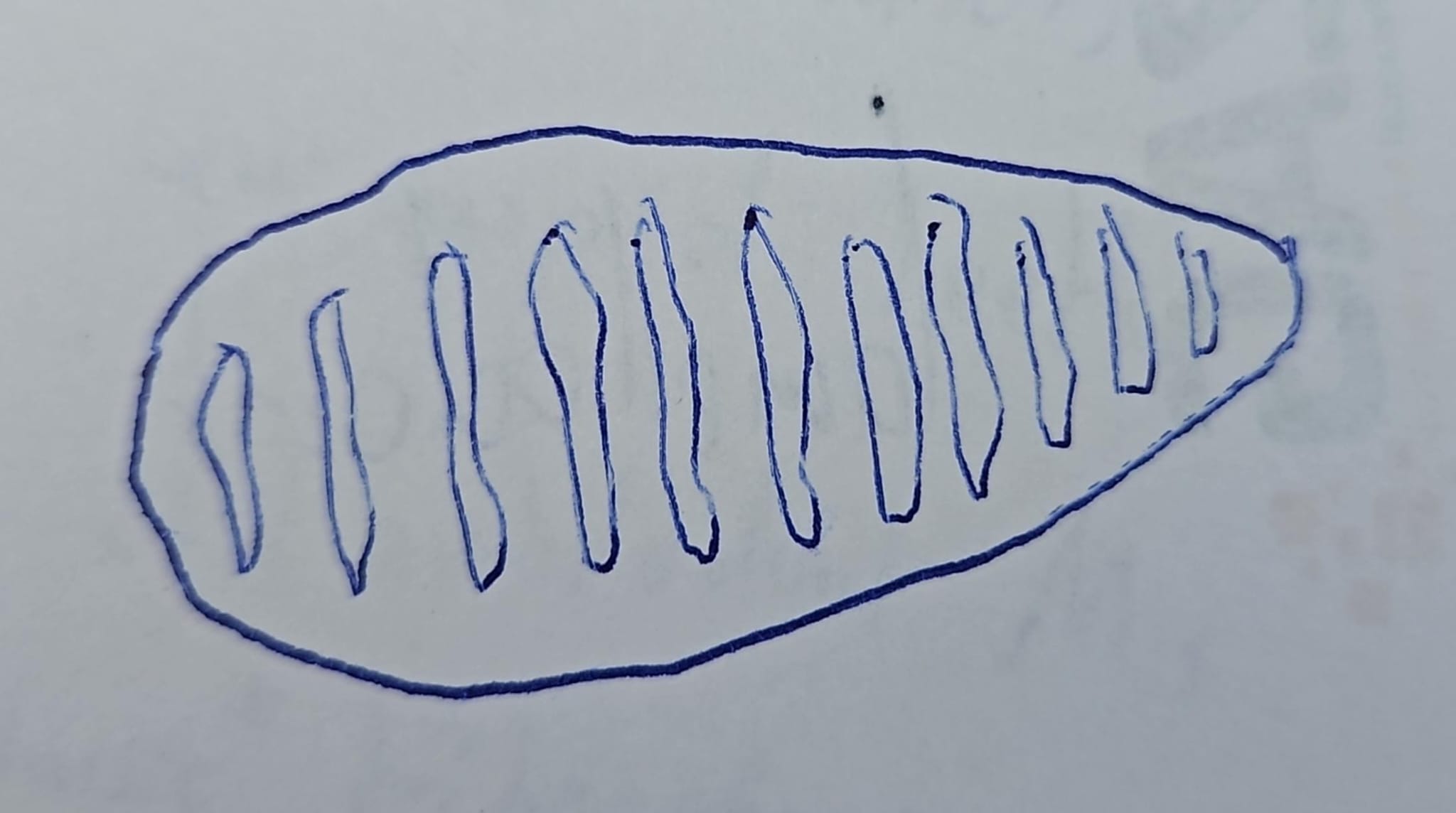
bilophodont
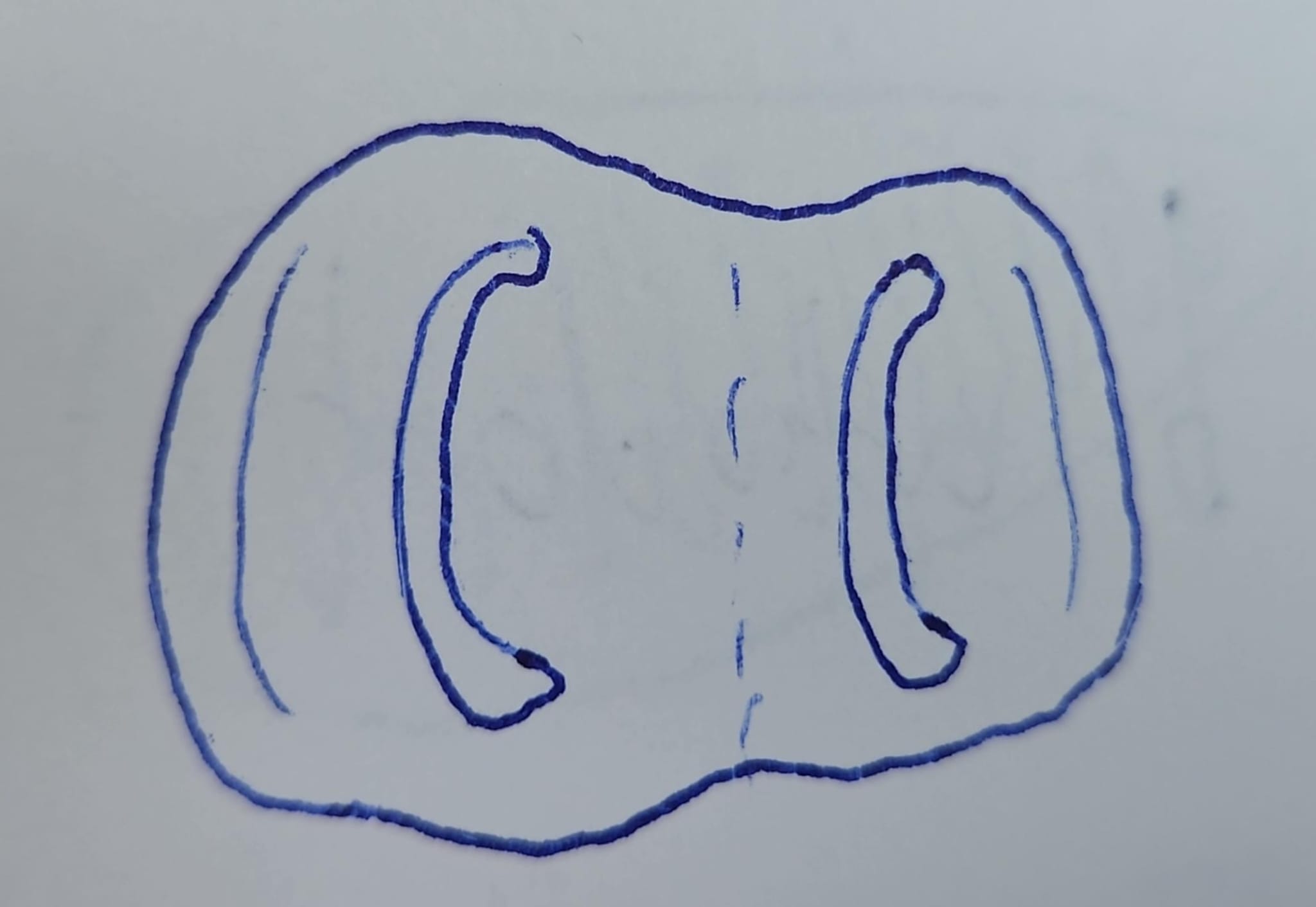
bunoselenodont
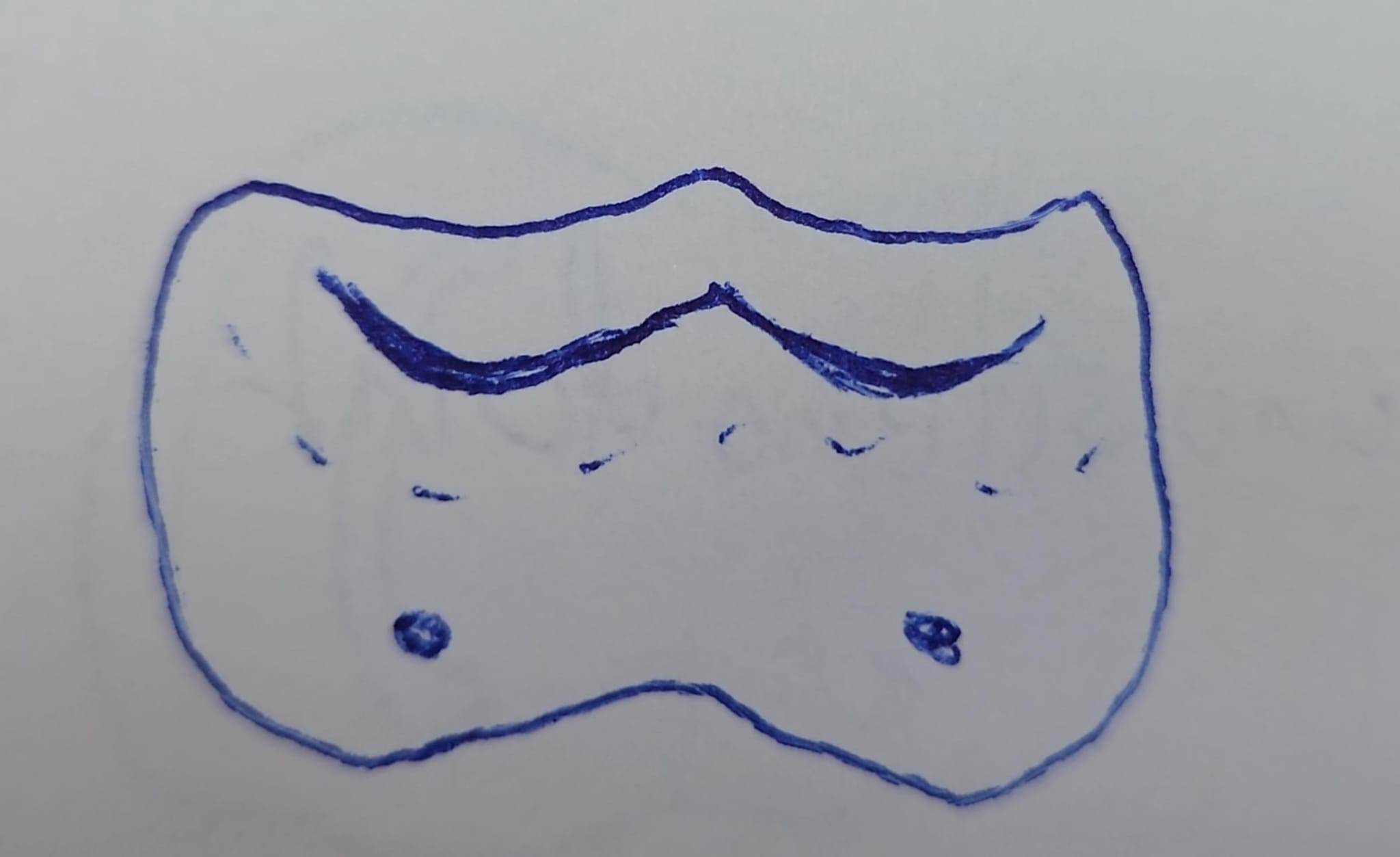
lophodont
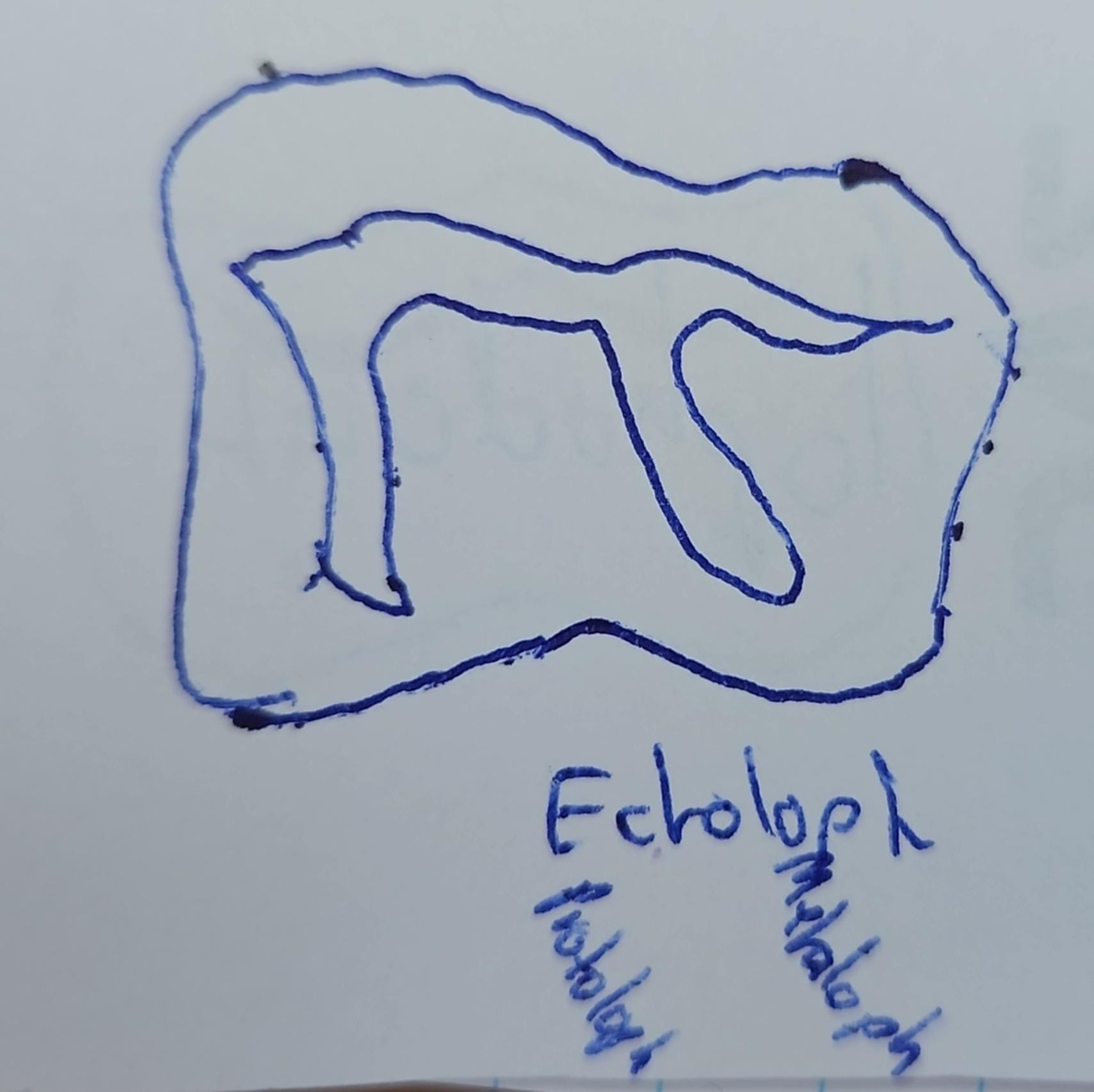
dilambdodont
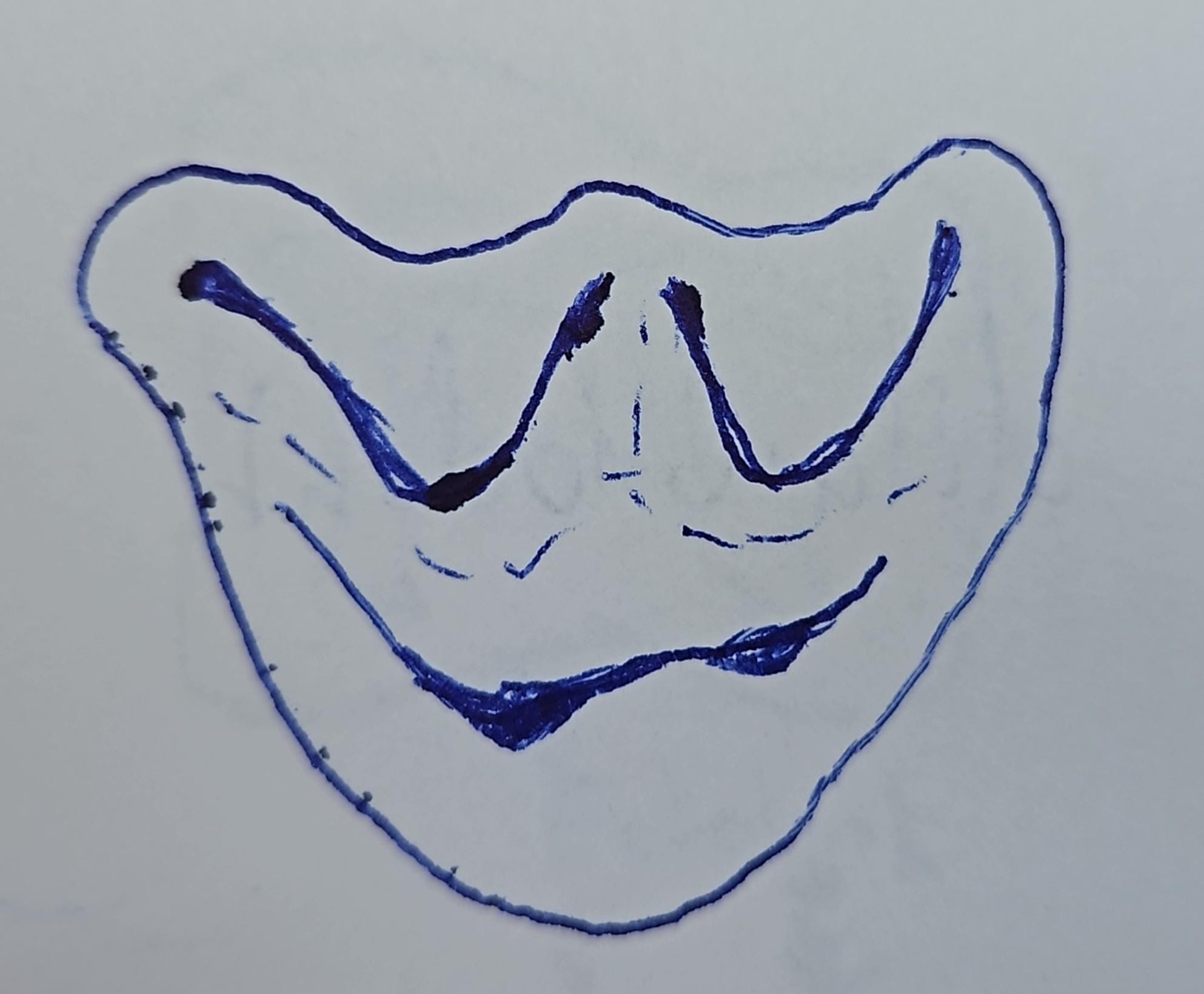
selenodont
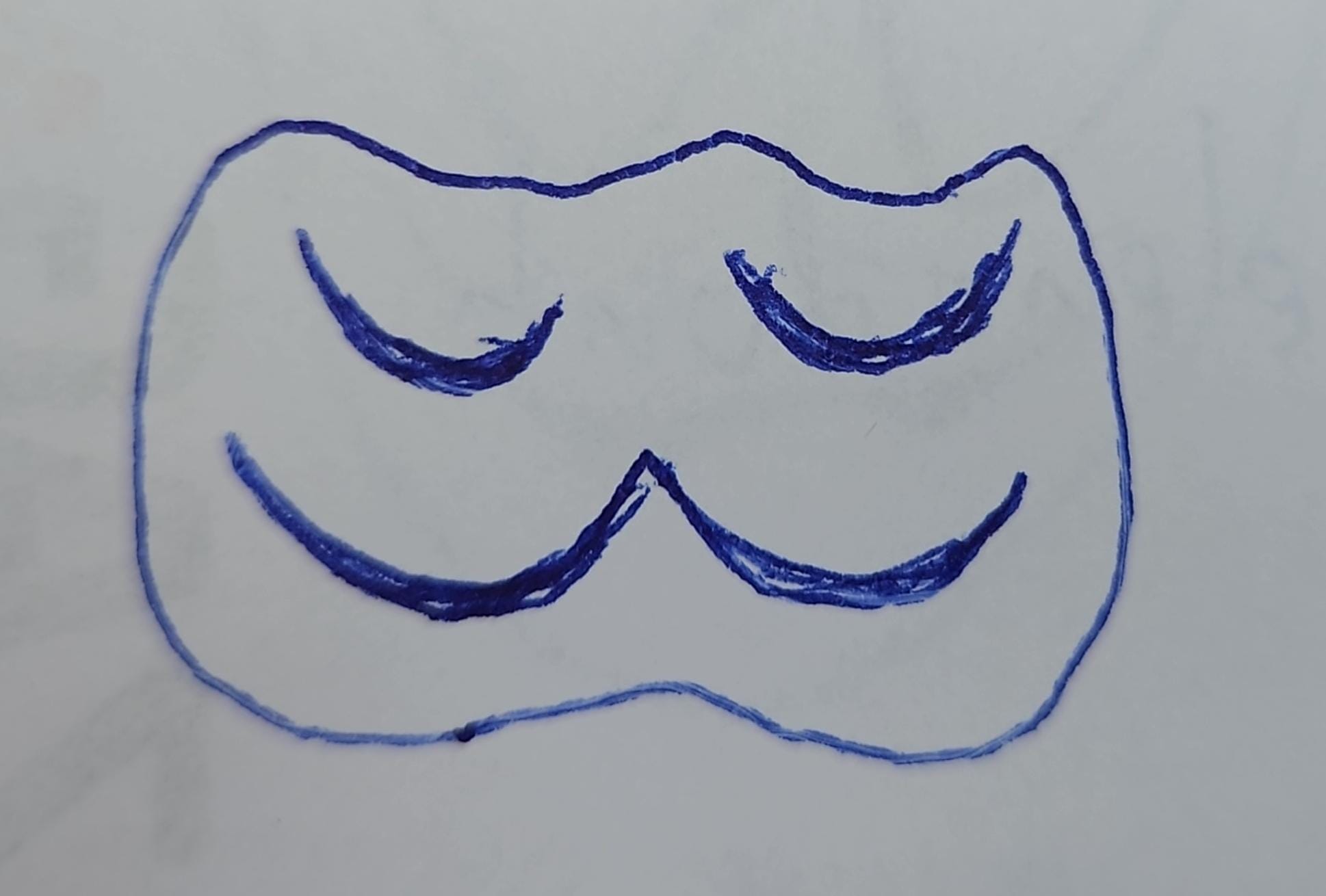
bunodont
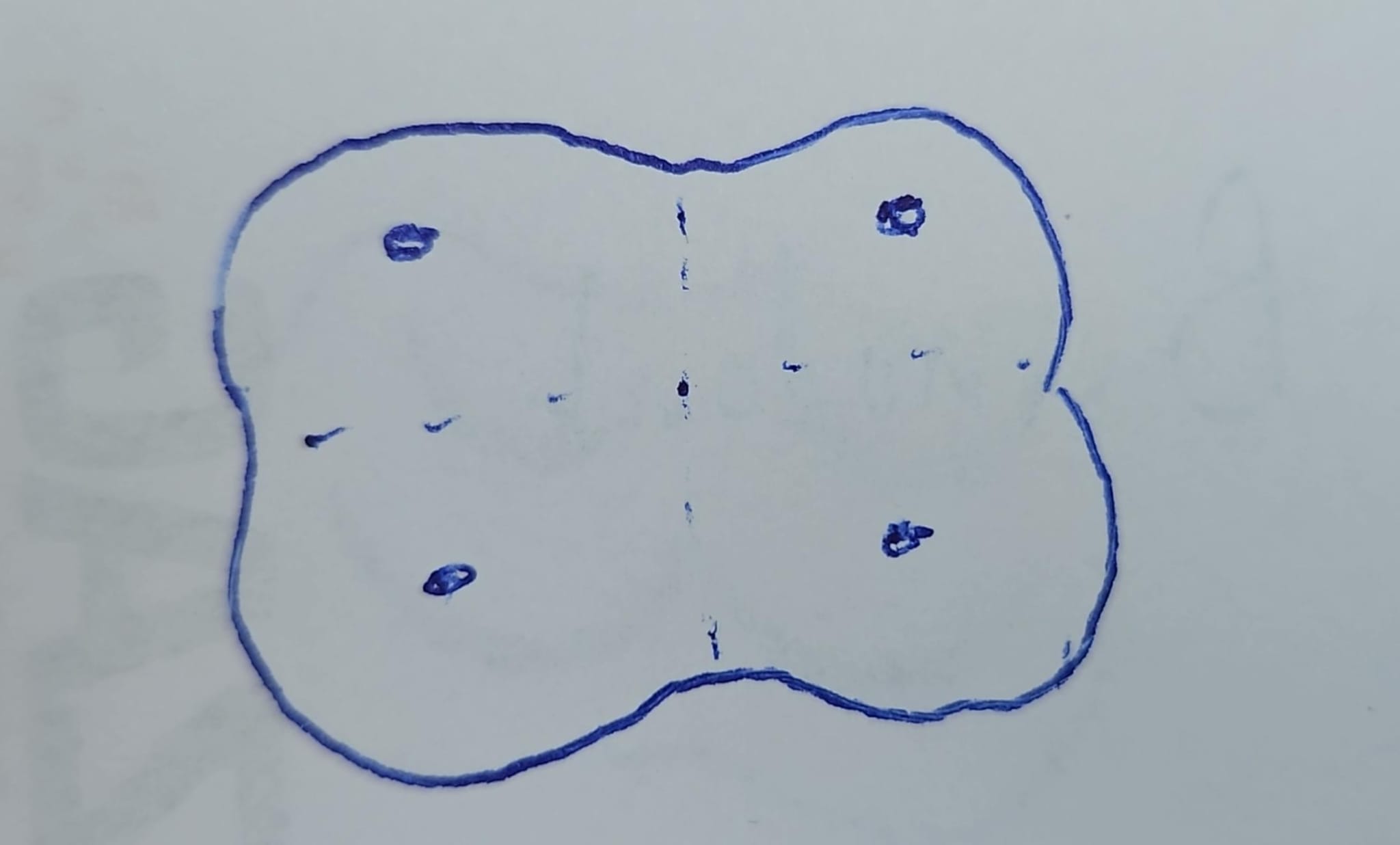
secodont

different tooth crowns
hypsodont - high crowned
brachydont - low crowned
euhypsodont - evergrowing, rootless
tooth component hardness
enamel > dentin > cementum
internal structure of mammalian teeth
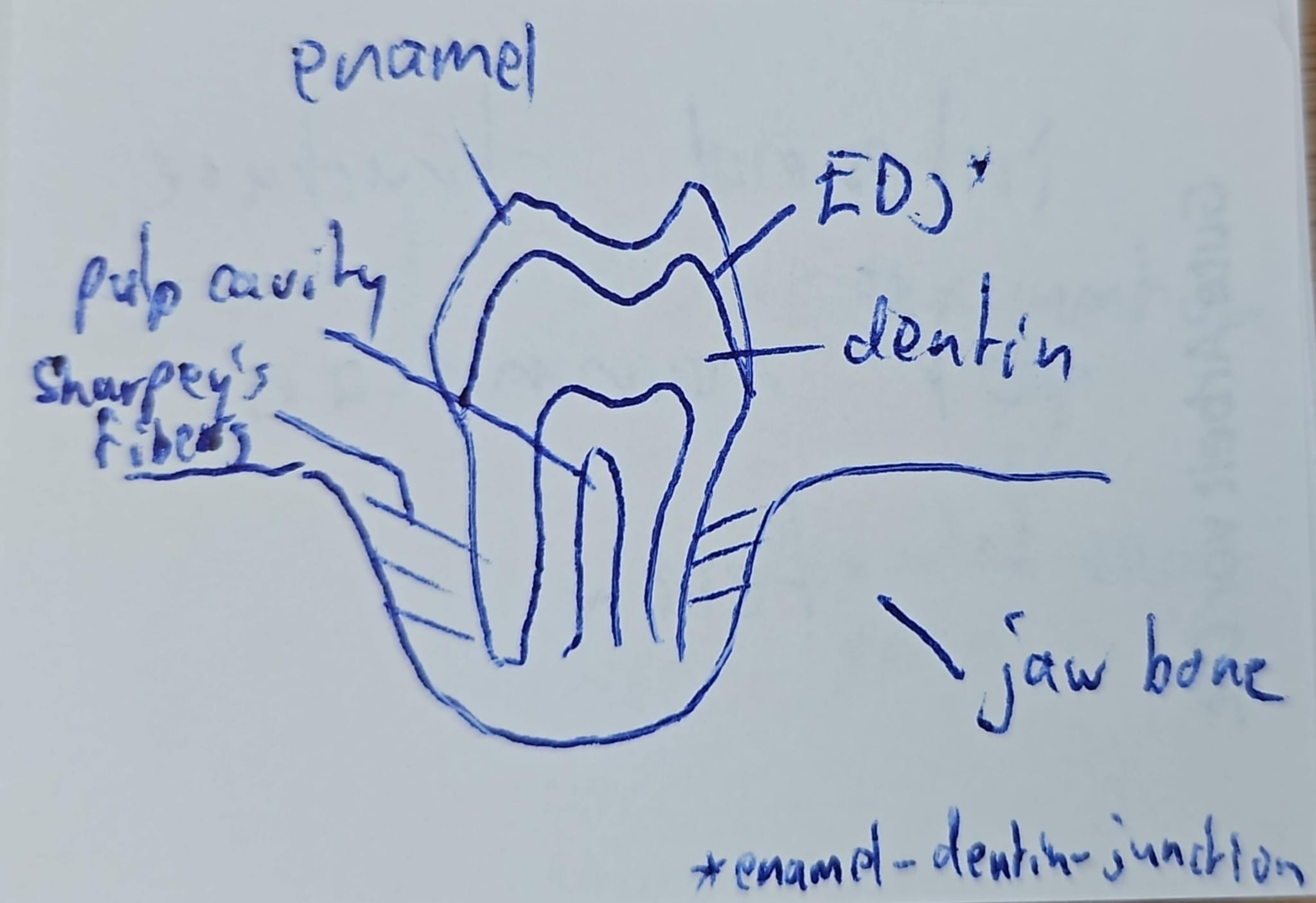
chewing movements, who uses them
orthal - up/down - carnivores, to use saws
transversal - left/right - herbivores, to grind on crests
palinal - pushing back - haramyidans, multituberculates, gondwanatherians
proal - pushing forward - proboscidea
catarrhini dentition
2.1.2.3./2.1.2.3
bunodont or bilophodont
Deinotheriidae dentition
bilophodont
tusks only on lower jaw
Tapiroidea dentition
upper lophodont
lower bilophodont
different lophs
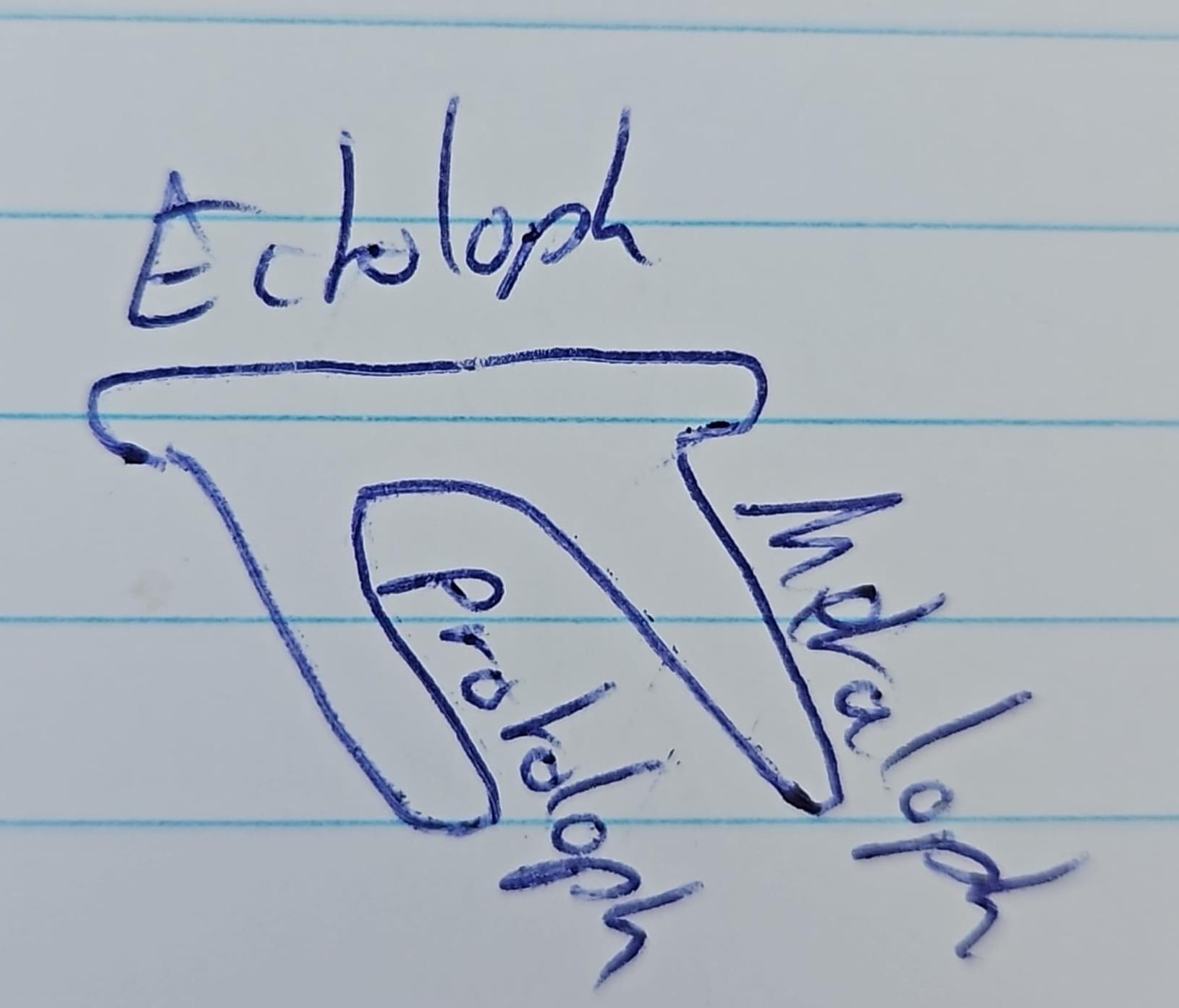
Ruminantia dentition
mostly selenodont
Bovidae hypsodont
sus dentition
three incisors
enlarged canines
bunodont
Anthropoidea groups
Catharrini (old world simians) - two premolars
Platyrrhini (new world simians) - three premolars
different wear types
abbrasion - from food
attrition - from tooth-tooth contact
Platyrrhini dentition
2.1.3.3/2.1.3.3
bunodont
Tribosphenic upper molar
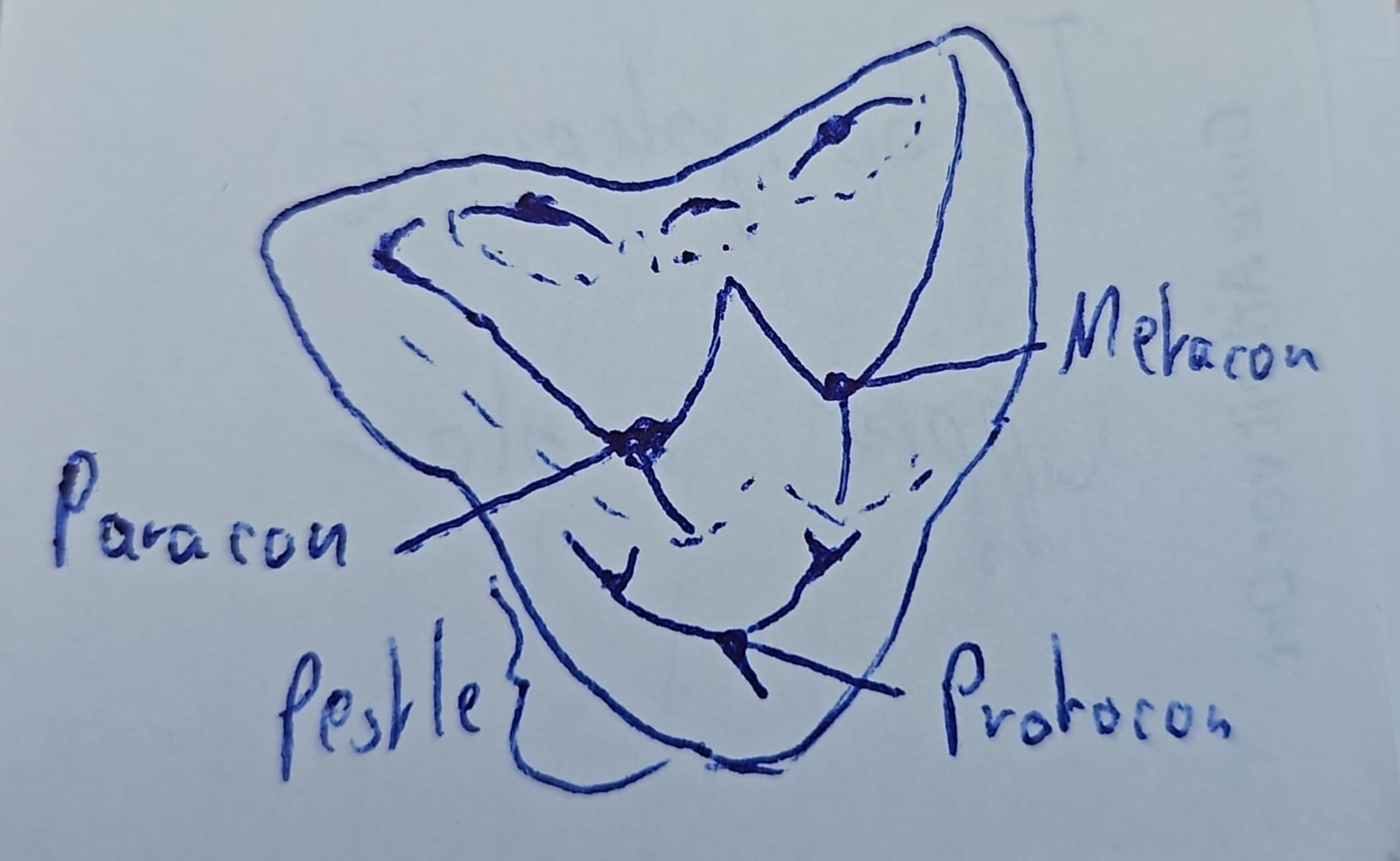
Tribosphenic lower molar
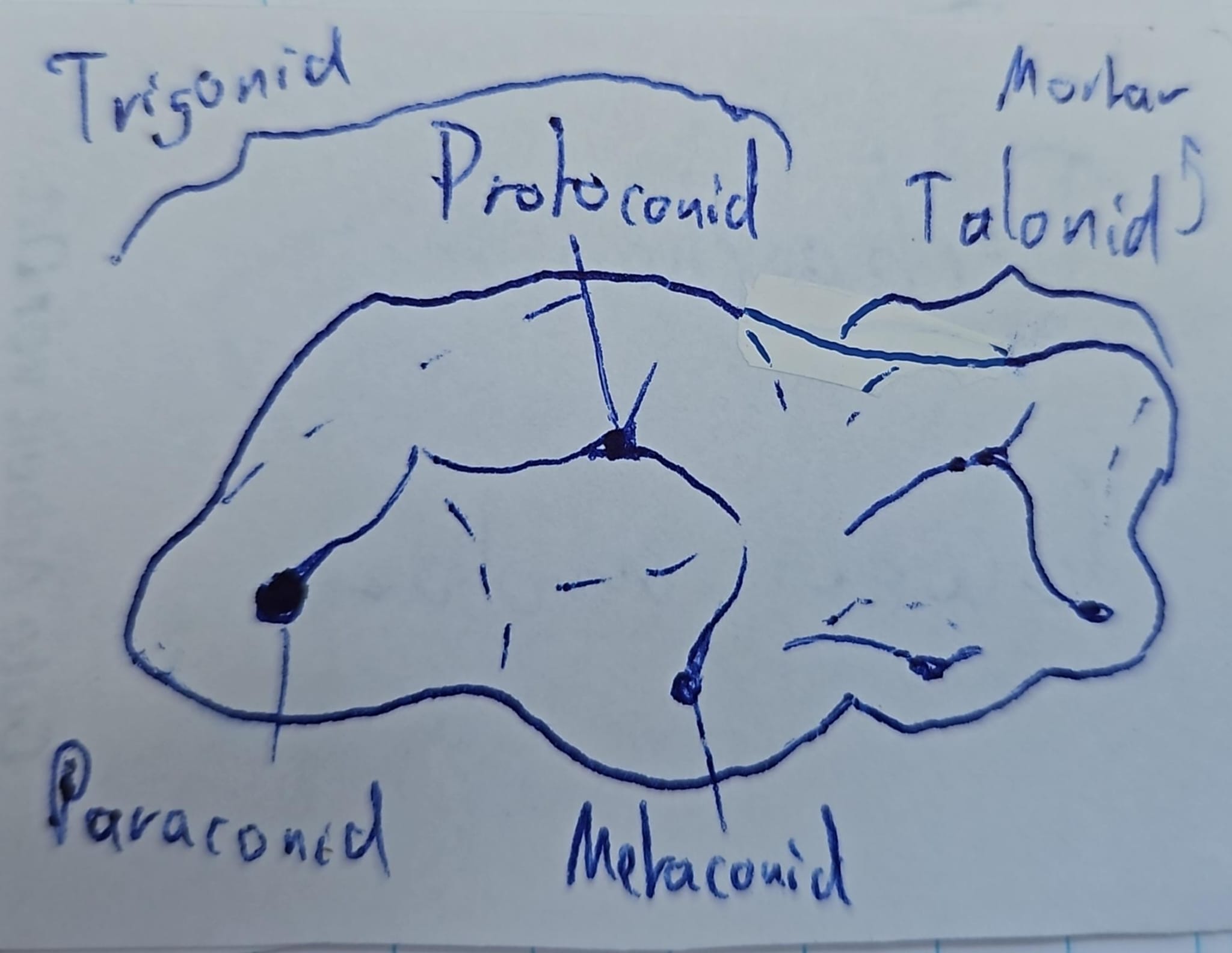
simians teeth
tetracuspid/pentacuspid
Arvicolinae (voles) teeth
prismatic enamel triangles
most derived rodent teeth
hypsodont, evergrowing
Hyracoidea teeth
convergent to Rhinocerotoidea
lophodont
Phocidae teeth
canines enlarged
homodont cheek dentition
Rodentia teeth
one pair of enlarged, evergrowing incisors
decidious, don’t get replaced
large Diastema
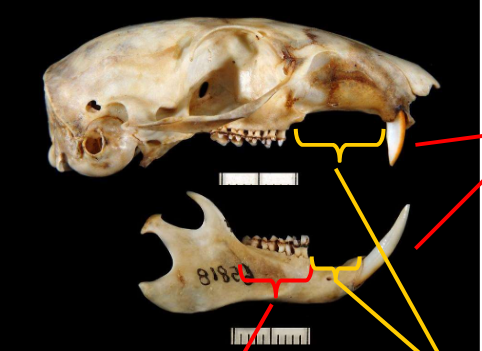
Elephant teeth
lamellodont
transversal tooth replacement (three molars that push forward)
lagomorpha teeth
enlarged incisors
peg-like I3 behind upper pair
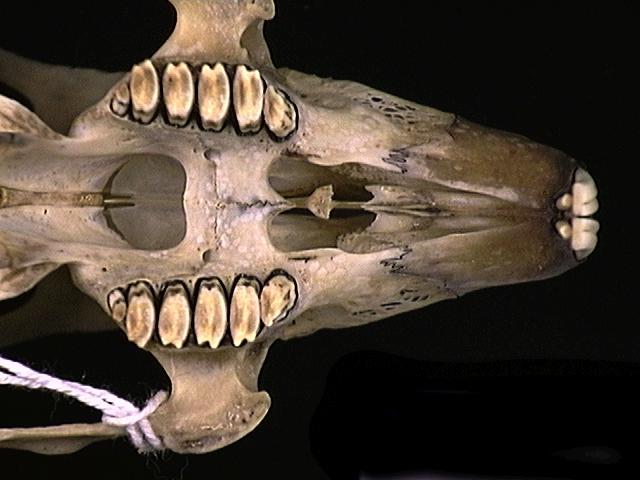
What cusp occludes into the talonid basin?
Protocon